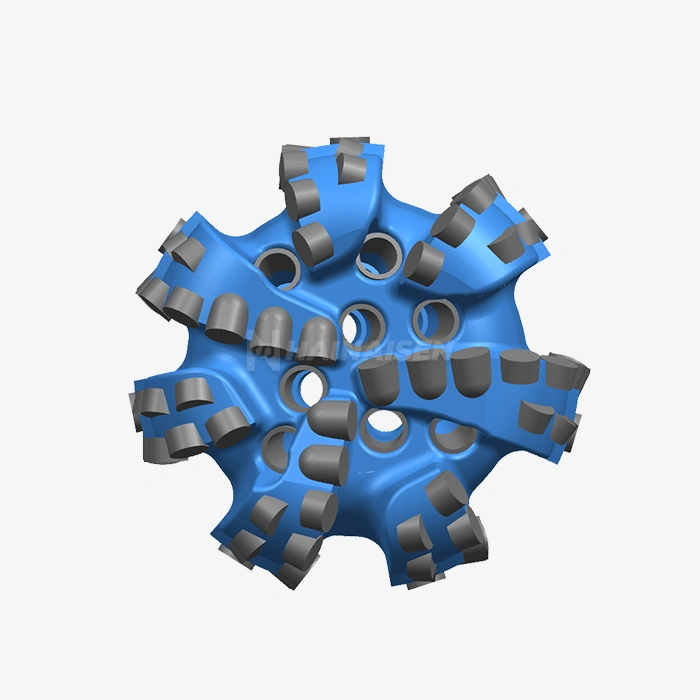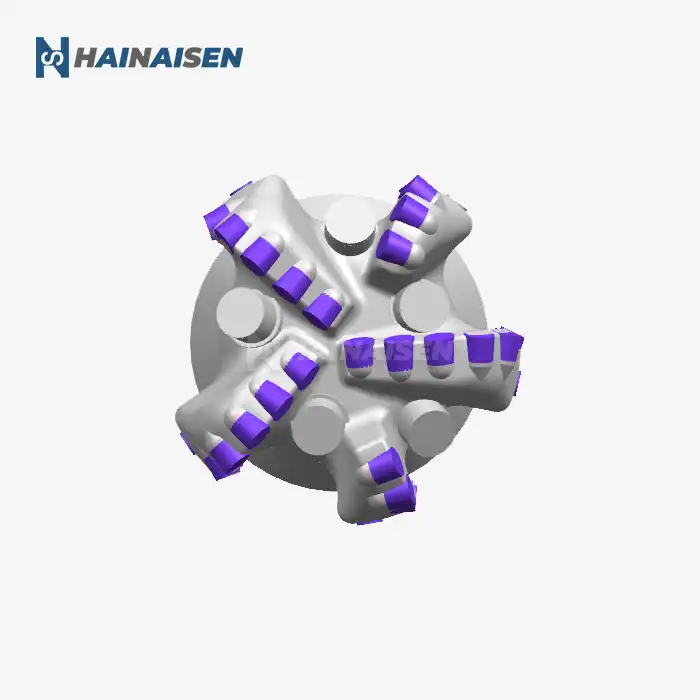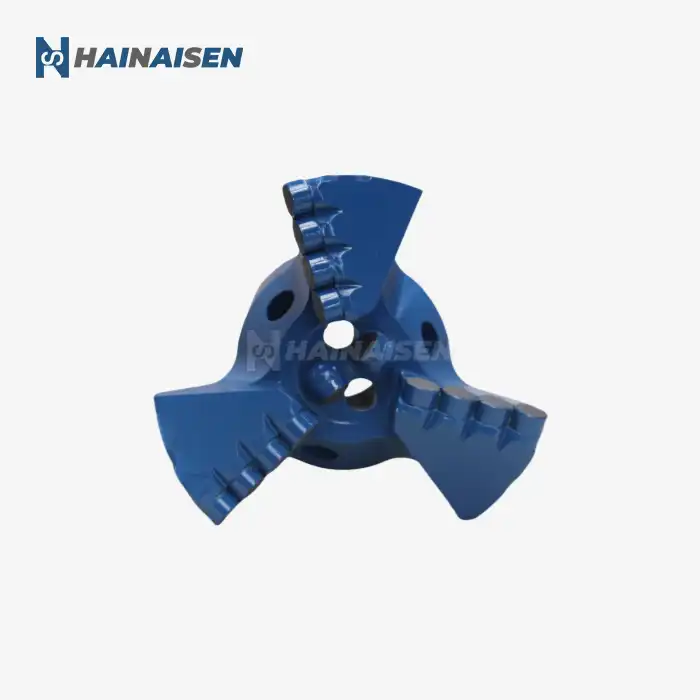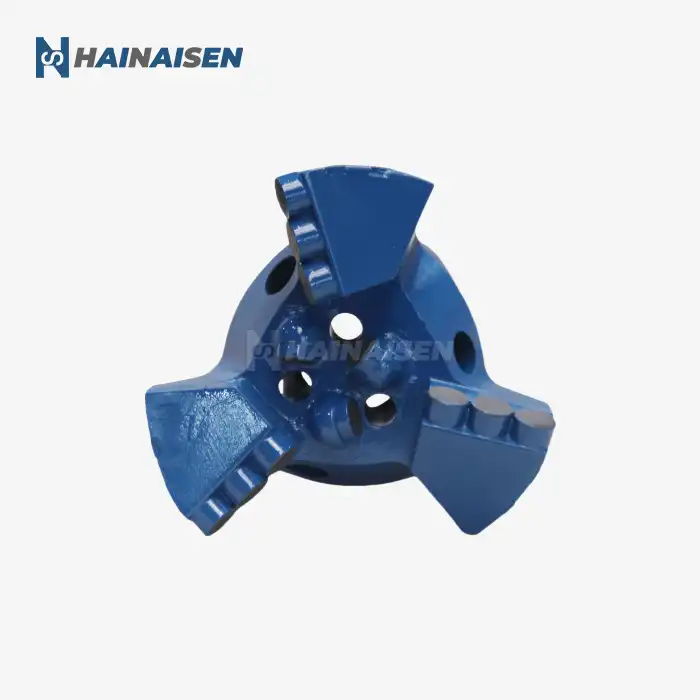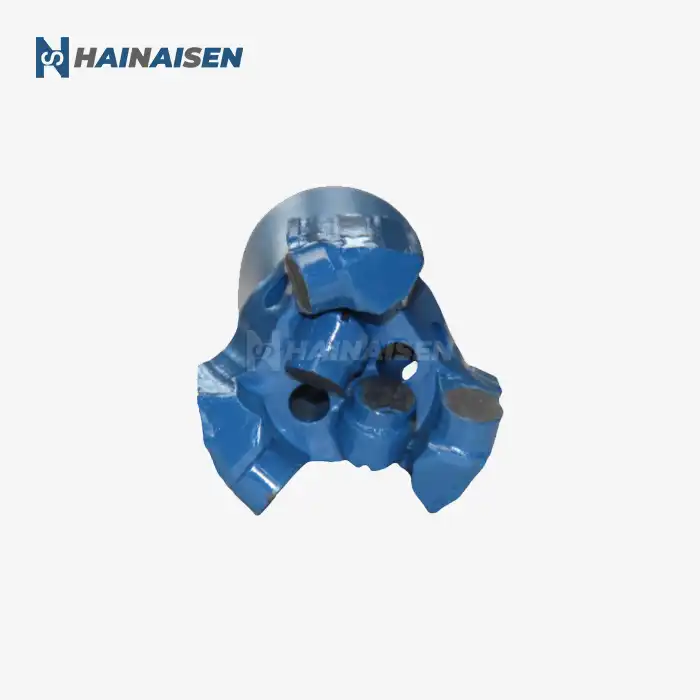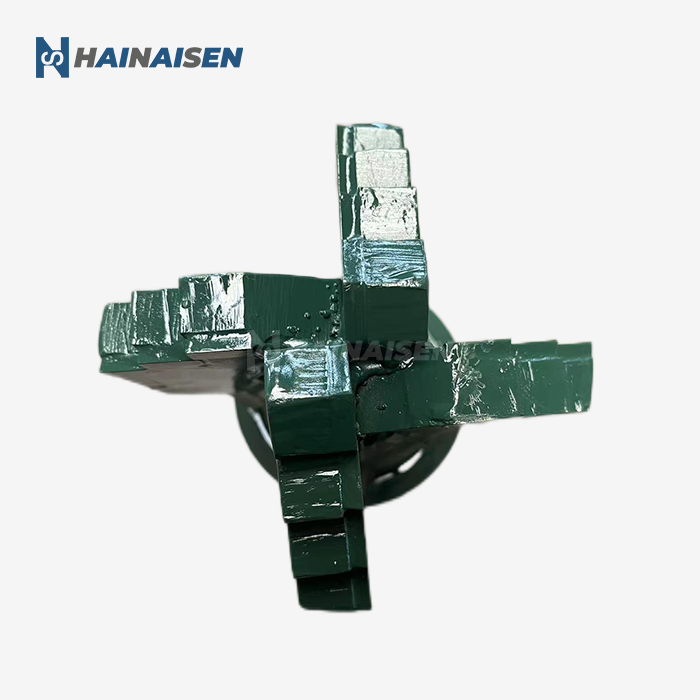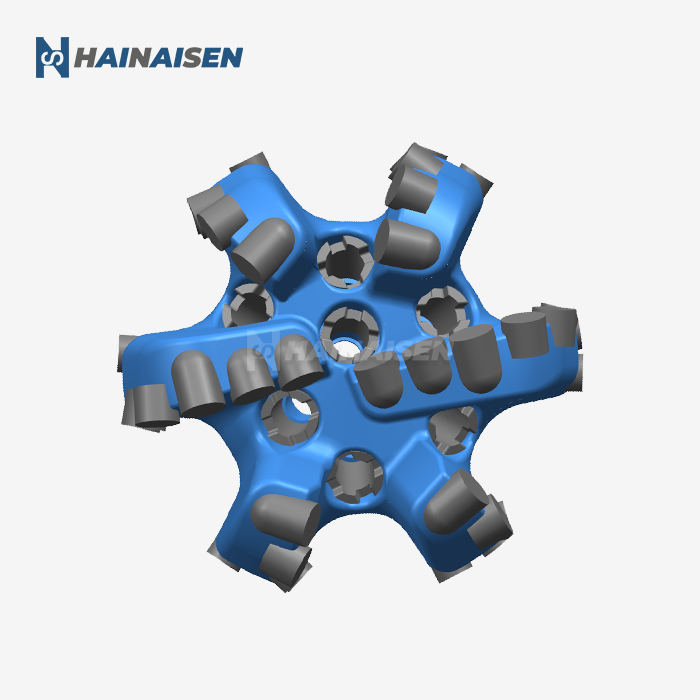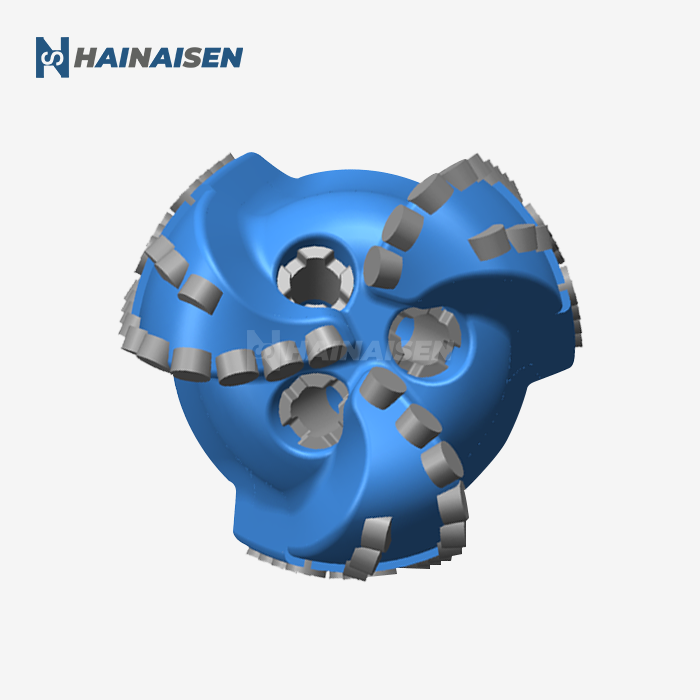Top 3 Industries Revolutionized by Diamond Drill Bits
Oil and Gas Exploration: Drilling Deeper with Confidence
The oil and gas industry has witnessed a significant transformation with the advent of the Best Diamond Drill Bits. These tools have enabled exploration teams to reach greater depths with unprecedented accuracy and efficiency. The exceptional durability of diamond bits allows for extended drilling operations in harsh environments, reducing downtime and increasing productivity. Their superior cutting efficiency translates to faster penetration rates, even through the toughest formations, accelerating the exploration process and potentially leading to quicker oil and gas discoveries.
Mining: Enhancing Extraction in Challenging Terrains
In the mining sector, diamond drill bits have become indispensable for both exploration and extraction processes. Their ability to cut through hard rock formations with precision has opened up new possibilities in mineral exploration. Mining companies now utilize these bits for core sampling, allowing for more accurate assessment of mineral deposits. The longevity of diamond bits also means fewer bit changes during operations, leading to increased operational efficiency and reduced costs. This technology has been particularly transformative in hard rock mining, where traditional bits often struggled to maintain performance.
Construction: Precision Drilling for Complex Projects
The construction industry has embraced diamond drill bits for their versatility and precision in various applications. From creating perfect holes for anchoring in concrete structures to facilitating geotechnical surveys for large-scale projects, these bits offer unmatched accuracy. Their ability to drill clean, precise holes with minimal vibration is crucial in sensitive urban environments or when working on historical structures. Additionally, the use of diamond bits in foundation work and tunnel boring has significantly improved project timelines and structural integrity, showcasing their importance in modern construction techniques.

Precision vs. Power: Choosing the Right Diamond Bit
Understanding Bit Specifications for Optimal Performance
Selecting the appropriate diamond drill bit requires a nuanced understanding of both the task at hand and the bit's specifications. The best diamond drill bits are not universal; their effectiveness depends on matching their characteristics to the specific drilling application. Key factors to consider include:
- Matrix hardness: Determines the bit's wear resistance and suitability for different rock formations.
- Diamond size and quality: Affects cutting efficiency and bit longevity.
- Bit profile: Influences stability and penetration rate.
- Hydraulic design: Impacts cooling and debris removal efficiency.
For precision drilling in softer formations, bits with a softer matrix and smaller diamond particles might be ideal, offering controlled cutting with minimal deviation. Conversely, harder formations require bits with a tougher matrix and larger diamond particles to withstand the abrasive environment while maintaining cutting efficiency.
Balancing Power and Precision in Different Applications
The choice between power and precision often depends on the specific requirements of the drilling project. In oil and gas exploration, where depth and speed are crucial, powerful bits designed for high rotary speeds and weight-on-bit might be preferred. These bits can quickly penetrate through various layers of rock, maximizing drilling efficiency.
On the other hand, applications like geotechnical drilling or core sampling for mineral exploration demand a higher degree of precision. In these cases, bits designed for controlled drilling with minimal core damage are essential. These precision-focused bits might sacrifice some power for enhanced accuracy, ensuring the integrity of the core samples.
Water well drilling represents a middle ground, requiring a balance of power and precision. Bits for this application need to efficiently drill through various ground layers while maintaining a straight trajectory to ensure proper well construction.
Maximizing Efficiency: Diamond Bit Maintenance Tips
Proper Care for Extended Bit Life
Maintaining diamond drill bits is crucial for ensuring their longevity and consistent performance. Proper care not only extends the life of these valuable tools but also maintains their cutting efficiency throughout their operational lifespan. Here are some essential maintenance tips:
- Regular inspection: Check for wear patterns, damaged diamonds, or matrix erosion after each use.
- Cleaning: Thoroughly clean bits after use to remove debris and prevent clogging.
- Storage: Store bits in a dry, clean environment to prevent corrosion and damage.
- Rotation management: Implement a rotation system to ensure even wear across your bit inventory.
Additionally, monitoring drilling parameters such as weight-on-bit and rotary speed can prevent excessive wear and thermal damage. Adjusting these parameters based on formation changes can significantly extend bit life while maintaining optimal drilling performance.
Optimizing Drilling Parameters for Peak Performance
Achieving peak performance with diamond drill bits involves more than just selecting the right bit; it requires continuous optimization of drilling parameters. This process involves:
- Adjusting weight-on-bit and rotary speed based on formation characteristics
- Monitoring and maintaining proper hydraulics for effective cooling and cuttings removal
- Implementing controlled drill-off tests to determine optimal drilling parameters for specific formations
- Utilizing real-time data monitoring to make informed adjustments during drilling operations
By fine-tuning these parameters, drilling teams can maximize rate of penetration while minimizing bit wear, leading to more efficient and cost-effective drilling operations. This approach is particularly crucial in challenging environments where the best diamond drill bits can make a significant difference in project success and overall productivity.
Recognizing Signs of Wear and When to Replace
Knowing when to replace a diamond drill bit is as important as proper maintenance. Signs that indicate a bit may need replacement include:
- Significant decrease in penetration rate
- Unusual vibration or torque fluctuations
- Visible wear on the cutting structure
- Inconsistent hole diameter or deviation
Regular bit dull grading can provide valuable insights into wear patterns and help in making informed decisions about bit replacement. By proactively replacing bits before they reach critical wear levels, drilling operations can avoid costly downtime and maintain consistent performance.
Conclusion
The applications of the best diamond drill bits in industrial drilling are vast and continually expanding. From revolutionizing oil and gas exploration to enhancing precision in construction projects, these advanced tools are indispensable in modern drilling operations. By understanding the nuances of bit selection, maintaining them properly, and optimizing drilling parameters, industries can significantly boost their efficiency and productivity.
For those seeking to elevate their drilling operations with top-tier diamond drill bits, Shaanxi Hainaisen Petroleum Technology Co., Ltd. offers a comprehensive range of solutions. Our expertise in research, development, and production of diamond drill bits, PDC drill bits, and drilling tools caters to diverse industrial needs. Whether you're in oil and gas extraction, coal mining, or geological surveying, our advanced manufacturing capabilities and dedicated R&D team ensure that we can meet your specific requirements with precision-engineered products.
Take the next step in optimizing your drilling operations. Contact us at hainaisen@hnsdrillbit.com to explore how our custom bit design and integrated technical solutions can transform your drilling projects. Let's drill into the future together with unparalleled efficiency and reliability.
References
1. Johnson, A. R. (2022). "Advanced Diamond Drill Bit Technologies in Modern Industrial Applications." Journal of Drilling Engineering, 45(3), 287-302.
2. Smith, B. L., & Thompson, C. D. (2021). "Optimization Strategies for Diamond Drill Bits in Varied Geological Formations." International Journal of Mining Science and Technology, 31(4), 521-535.
3. Chen, X., et al. (2023). "Comparative Analysis of Diamond Drill Bit Performance in Deep-Sea Drilling Operations." Ocean Engineering, 248, 110512.
4. Patel, R. K., & Davis, M. E. (2022). "Maintenance Protocols for Extended Life of Industrial Diamond Drill Bits." Wear, 502-503, 204380.
5. López-Jimeno, C., & García-Bermúdez, P. (2021). "Advancements in Diamond Bit Design for Enhanced Drilling Efficiency in Hard Rock Formations." Rock Mechanics and Rock Engineering, 54(7), 3415-3430.
6. Williams, J. D., & Brown, K. L. (2023). "Economic Impact of High-Performance Diamond Drill Bits in Large-Scale Mining Operations." Resources Policy, 80, 102908.



